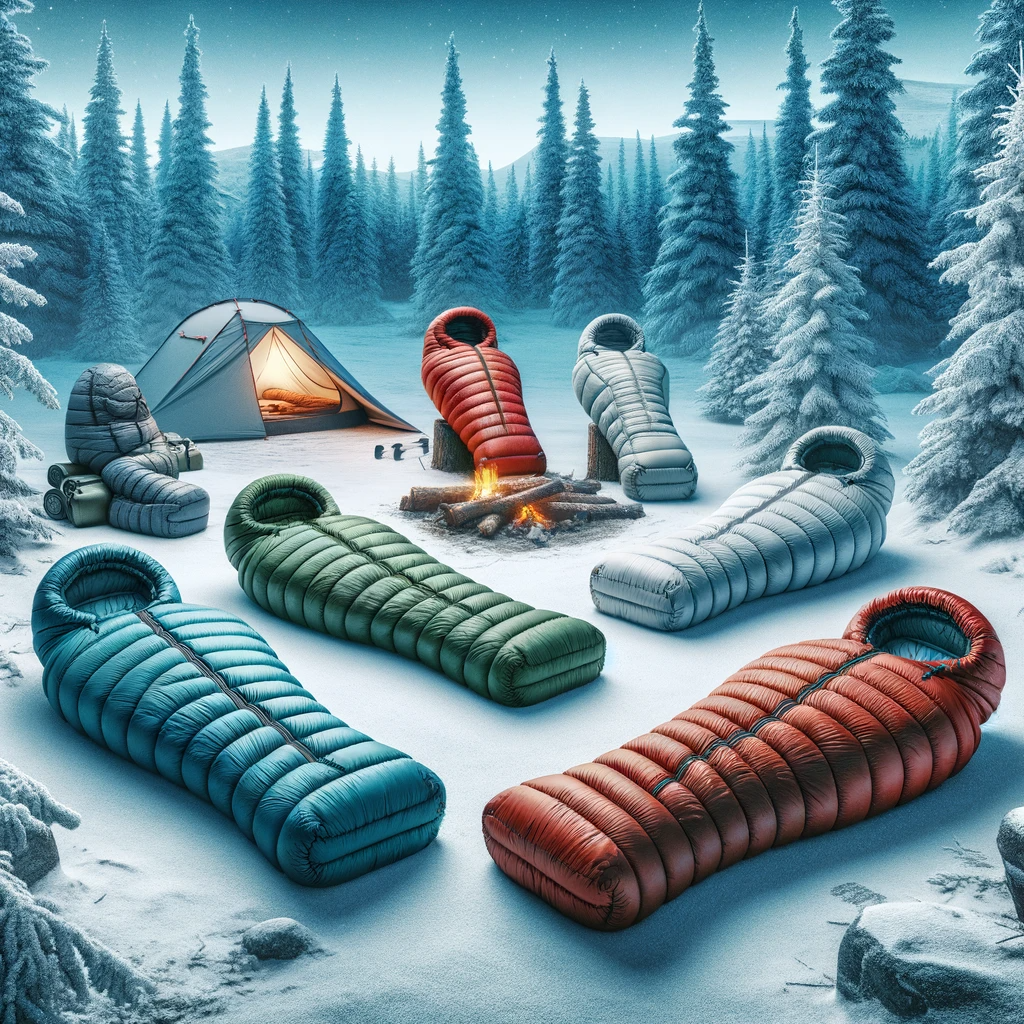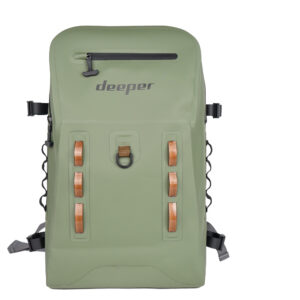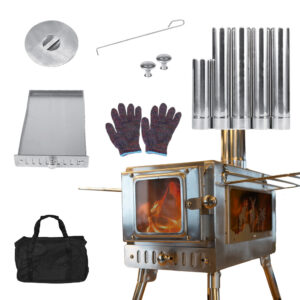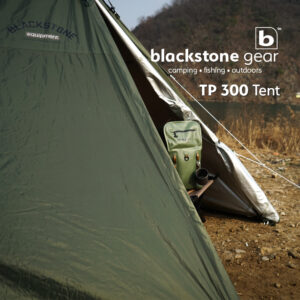Welcome to our comprehensive guide on selecting the ideal sleeping bag for your camping adventures! Whether you’re a seasoned camper or planning your first outdoor excursion, understanding how to choose the right sleeping bag is crucial. A good night’s sleep can be the difference between an unforgettable trip and a challenging experience.
Understanding the 4-Season Ratings Sleeping bags are categorized by seasons – 1-season bags are ideal for summer camping, offering light insulation. 2 and 3-season bags suit spring and fall, providing moderate warmth. The 4-season bags are designed for winter, offering maximum insulation against cold conditions. Choose based on the most extreme conditions you anticipate facing.

Navigating Sleeping Bag Temperature Ratings Temperature ratings, like ‘comfort’, ‘limit’, and ‘extreme’, guide you on the bag’s performance in various conditions. ‘Comfort’ is the temperature at which you’ll remain comfortably warm, ‘limit’ is the lowest temperature for a standard man to sleep without feeling cold, and ‘extreme’ is the survival-only rating for a standard woman. Always choose a bag rated a bit lower than the lowest temperature you expect.
Understanding sleeping bag temperature ratings is essential for choosing a bag that will keep you comfortable throughout the night. These ratings are generally classified into three categories: Comfort, Lower Limit (or Limit), and Extreme.
- Comfort Rating: This is the temperature at which a standard adult woman can expect to sleep comfortably in a relaxed position. It’s important to note that this rating assumes that the sleeper is wearing one layer of clothing and has a sleeping pad under the sleeping bag. The comfort rating is a good guide for the average conditions you expect to encounter.
- Lower Limit (or Limit) Rating: This rating indicates the lowest temperature at which a standard adult man is deemed to be able to have a comfortable night’s sleep. This rating assumes a curled-up body position, as this is how the body naturally reacts to conserve heat in colder conditions. It’s crucial for men or those who tend to sleep cold to consider this rating when choosing a sleeping bag.
- Extreme Rating: This is the survival-only rating for a standard adult woman and indicates the minimum temperature at which the sleeping bag will prevent hypothermia. It’s not a comfortable or sustainable temperature for sleeping, and it’s not advisable to choose a bag based solely on this rating for regular camping use.
Additional Considerations:
- Personal Preference: Keep in mind that everyone experiences temperature differently. If you know you tend to be cold at night, consider a sleeping bag with a lower comfort rating.
- Layering Up: Wearing layers of clothing can significantly impact your warmth in a sleeping bag. If you’re expecting temperatures close to the bag’s lower limit, wearing a hat and warm base layers can help maintain comfort.
- Sleeping Pads: A good sleeping pad is as crucial as the sleeping bag itself, as it insulates you from the cold ground. Make sure your sleeping pad has an adequate R-value (insulation value) for the conditions.
- Environment: Humidity and wind conditions can also affect how warm or cold you feel in your sleeping bag. A dry, calm night will feel warmer than a damp, windy one, even at the same temperature.
- EN/ISO Ratings: Look for bags that adhere to EN (European Norm) or ISO (International Organization for Standardization) ratings for a more standardized understanding of temperature ratings.

Materials Matter – Down vs. Synthetic The fill material of a sleeping bag impacts its performance. Down bags, filled with duck or goose feathers, are lightweight and compressible, perfect for backpacking. They provide excellent warmth but can be expensive and lose insulation when wet. Synthetic bags are cheaper, insulate even when wet, and are hypoallergenic, but are bulkier and less durable.
Additional Features to Consider The shape of the sleeping bag impacts its effectiveness. Mummy bags are tapered for heat efficiency, while rectangular bags offer more room but less warmth. Look for features like draft collars, anti-snag zippers, and internal pockets for added convenience.
The Good and the Bad – A Balanced View Every sleeping bag type has its pros and cons. Down bags are excellent for cold, dry conditions and for those needing a lightweight, compact option. Synthetic bags are ideal for wet conditions and budget-conscious campers. Consider your specific needs, like the weight, packability, and the environment you’ll be camping in.
Choosing the right sleeping bag is all about matching your needs with the bag’s features. Consider the seasons, temperature ratings, material, and additional features before making your decision. Remember, the right sleeping bag can turn a good camping trip into a great one!




